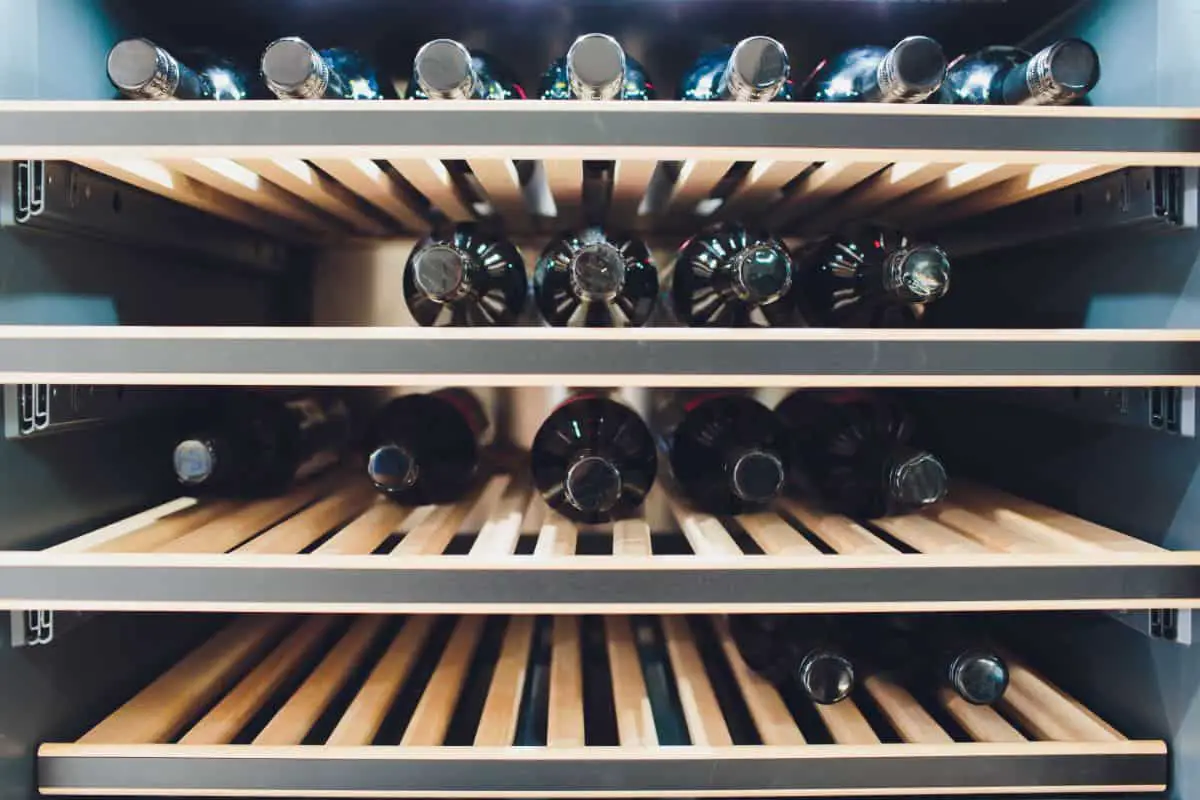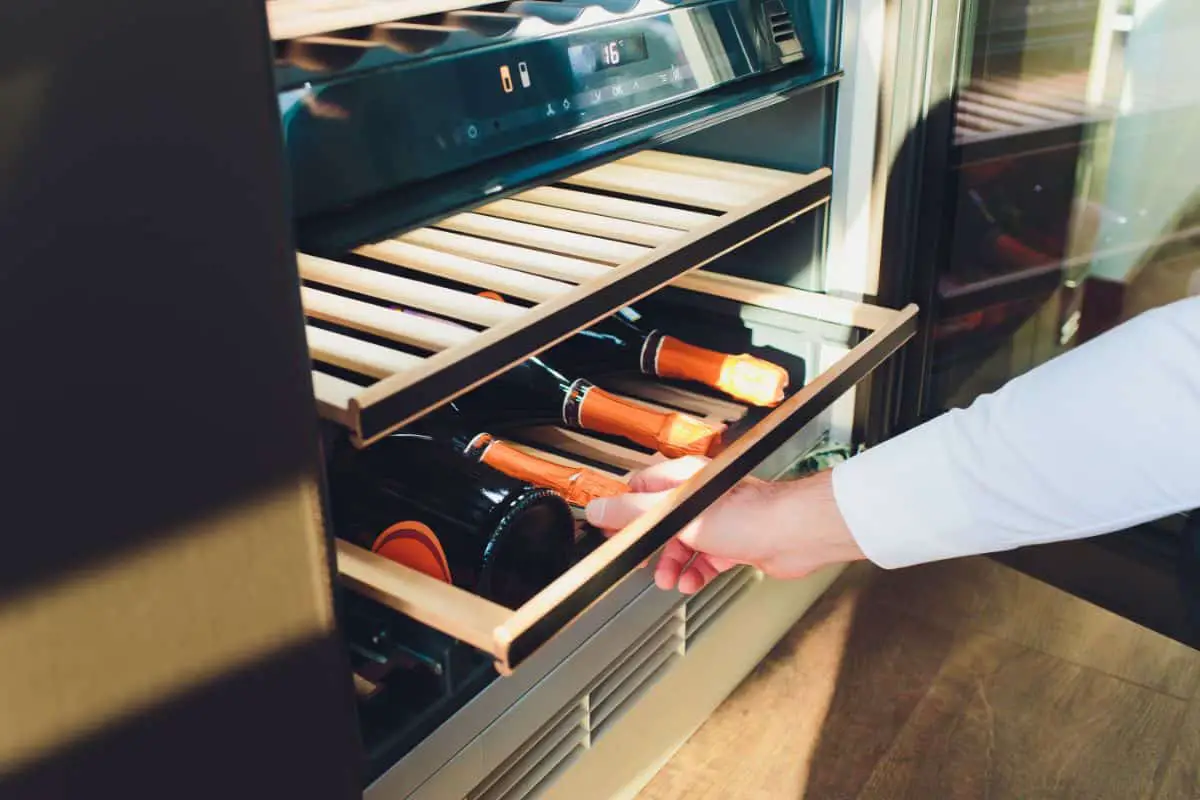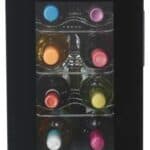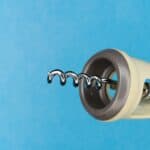If you enjoy drinking wine, you probably wonder what the optimal way to enjoy it is, so you can get the most worth out of your money.
Many people advocate for refrigerating your wine to store it, while others prefer to refrigerate it for as little time as possible.
Should you be refrigerating your wine before you open it, or only refrigerate it after it has been opened?

Or should it not be refrigerated at any point in the process.
This guide will assess all the different ways refrigerating wine will affect it, whether it comes to the flavor, or how long it will last.
This article will also give you some tips on how to properly refrigerate wine to make sure you are getting the most out of it you can and make it taste exactly how you like it.
We will also cover the best wine temperatures for different types of wine, so if you want to serve wine at its perfect temperature, this guide will give you the information you need (You might also want to check out: What Is A Sommelier?)!
Should You Be Refrigerating Your Wine?
It is hard to give a straightforward answer to whether you should be refrigerating your wine or not, as there are lots of factors that need to be considered.
To properly answer, whether you should be refrigerating and for how long, depends on what type of wine you are working with.
Different wines are made in different ways, with different chemical compositions that will drastically affect your experience drinking them, and how they should be chilled.
A good example of this is in how white wines are often defined by how crisp they are as well as their signature acidity, while red wines are defined by their tannins giving them a distinct flavor.
Sparkling wine stands out due to its carbonation effecting the process of drinking it.
Dessert wine tends to be drunk with residual sugar present, affecting how it is drunk. And fortified wines will tend to have a higher alcohol content.
These are all distinct factors that need to be considered when it comes to how you should be refrigerating your wines.
Knowing how to treat wine based on all of these factors will be covered throughout this guide!
How Should You Be Storing Your Wine?
Regardless of the types of wine you are working with, when you are storing wine, you should be considering the best method of maintaining its quality.
It will not matter what temperature you are serving your wine at if it has gone bad before the wine has even been opened for the first time.
No matter what type of wine you are working with, you will want to store your wine bottles in a dark, and cool place where they are not exposed to direct sunlight.
This maintains the shelf life of your wine as well as slows how quickly the wine will deteriorate.
It is ideal to have a wine cellar or something that is similar to it.
The best substitute is having a dedicated spot for a wine rack, you will want this space to have minimal exposure to light and heat and to be cooler than a standard room temperature.
If your wine bottles have a cork lid, you will want to keep them stored on their side to make sure the moisture of the cork is properly maintained.
Otherwise, there is a chance that the cork will shrink as it dries.
How Should You Be Chilling Your Wine?

Similarly to how having a wine cellar is the best way to store wine, the best way to chill wine is to have a designated wine chiller.
Also, similarly to a wine cellar, this is not always an accessible option as not everyone has the space or budget for this.
Most people will use, and can successfully chill, their wine in a standard kitchen refrigerator and this will work perfectly if you know what you are doing!
If you follow these specific guidelines, you will be able to get great results for any type of wine in a standard fridge.
Chilling Red Wine
It used to be considered that red wine is best served at room temperature, but it has now been decided that red wine tends to taste best when it is just slightly cooler than room temperature.
If a red wine is served warmer than the optimal temperature, it is likely to taste too alcoholic and ruin the natural flavor.
If you are working with a fuller bodied red wine or a fortified wine, the best temperature for them to be served at is somewhere between 60 and 65 degrees Fahrenheit.
But if you are working with a lighter bodied red, you will want it to be slightly cooler, closer to 55 degrees.
To achieve this you’ll want fuller bodied wines to be in for 90 minutes, but lighter can be in for just 45 minutes, after this you’ll want to let them breathe and warm up for about 10 minutes before drinking.
Chilling White, Rosé, And Sparkling Wine
All of these wines have a distinct crispness you want them to maintain.
If you are working with a full-bodied white wine or a dessert wine, you will want it to be served somewhere between 50 and 60 degrees.
However, lighter white wines are colder than this, around 45-50 degrees.
For sparkling wines and Rosé, it is preferable for them to be served between 40 and 50 degrees.
To achieve this, it is best to chill them for 30 minutes before serving and give them a short while to warm after leaving the fridge.
Takeaway
So now you know all the best temperatures to serve different types of wine to maintain their optimal temperature!
If you know you will be opening your fridge a lot during the evening, do not store wine in the door, as this will keep warming it up every time you open the fridge!
- How to Learn Wine Tasting: Essentials for Beginners - March 10, 2024
- How to Learn to Like Wine: Cultivating an Appreciation for the Vintner’s Art - March 10, 2024
- Thanksgiving Sangria: A Flavorful Twist to Your Holiday Table - August 27, 2023








